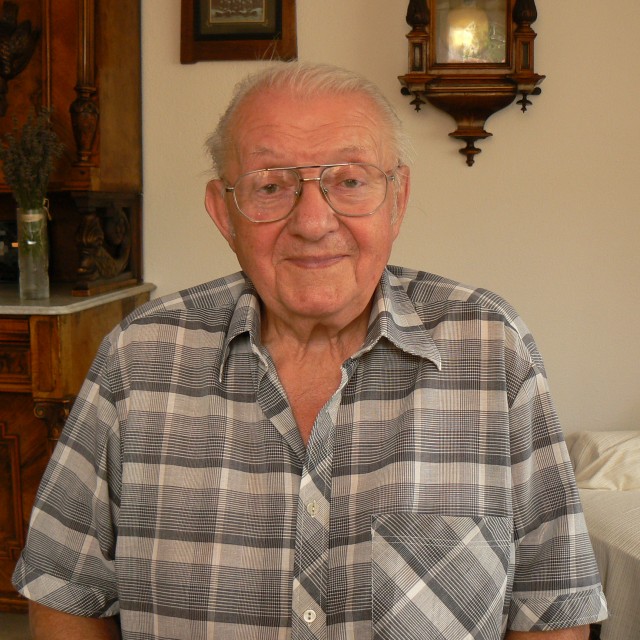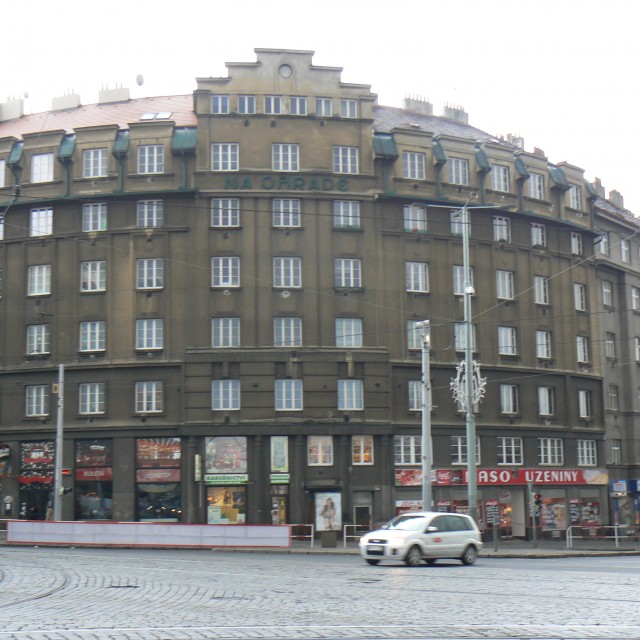The Commander Is Dead
Jaroslav Staněk, member of the Scout troop no. 52 that continued to operate even during World War II. in spite of being prohibited by the Nazis, participated in the Prague Uprising in Žižkov. One of the important missions was the seizure of the agricultural settlement Pražačka, which used to be the SA headquarters during the war. “In the early morning of May 6, 1945, we set out under the leadership of our commander Jaroslav Bočinský towards the end of Želivského Street (the then Mladoňovičova Street) with the intention to seize the agricultural settlement Pražačka. Pražačka was located in what is now Koněvova Street, right across the round apartment building which is at the left end of Želivského Street. We lied down behind a low barricade made out of cobblestones that was located at the end of Želivského Street, where the zebra crossing is nowadays. It was one of the many barricades people were constructing in the streets after they had heard the calls on the radio. Suddenly, we heard shooting from Pražačka. Jaroslav Bočinský, who was armed with a light machine gun 26, told us that the Germans have large-caliber four barrel machine gun hidden in the settlement and that he would get to the top of the round house. He planned to kill the Germans from there and cover our attack, once we start shooting and throwing hand grenades. So we waited for Bočinský to start shooting. When he started, the German four barrel machine gun with armoured shield started to fire back and Bočinský’s weapon went silent. We stayed hidden behind the barricade, ready to attack. Then one of us got up to find out what happened to Bočinský and he came back with terrible news – Bočinský was dead, the German shot pierced his chest.”
Hodnocení
Hodnotilo 0 lidí
Routes
Not a part of any route.
Comments
No comments yet.



